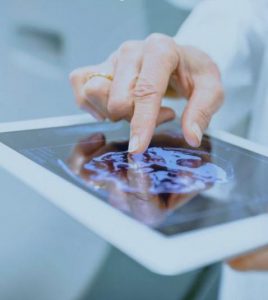
To create successful medical devices and reduce the chance of unanticipated negative effects, research and product development teams want to investigate and prove out every concept and potential outcome.
Testing on animals and humans is limited by practical considerations. Even when conditions are replicable, ethical considerations come into play in order to not expose the patient to harm.
Computational Modeling and Simulation (CM&S) can create and simulate biologic test environments and conditions to complement the validation of safety and effectiveness by nonphysical means, while also accelerating development and lowering costs. The risks inherent in physical testing are reduced. But even more exciting for researchers is that CM&S can go beyond what is possible to explore within traditional, real-world end-product tests. Virtual environments provide the opportunity to define and model any patient condition to gather data with which to improve design, performance, and patient safety.
To discover more about the promise of CM&S in life sciences, we invite you to read a blog post called “How Modeling and Simulating Medical Devices Can Improve Safety and Speed to Market,” recently featured on our sister blog from North America, Navigate the Future. There you’ll discover about in-biologic system in-silico CM&S and other digital advances supporting the ability to deliver innovative products with improved patient safety in both the near and the long term.

